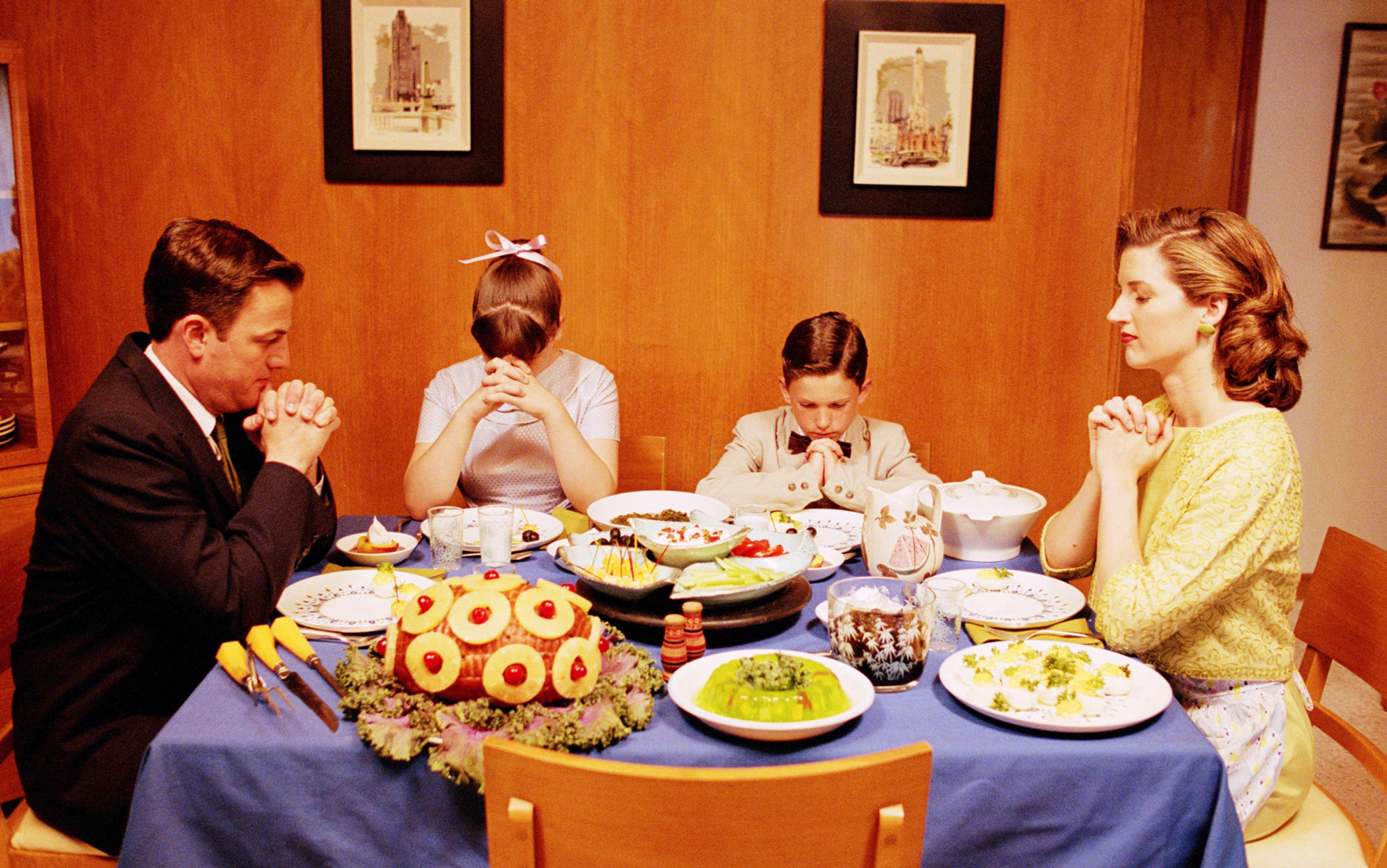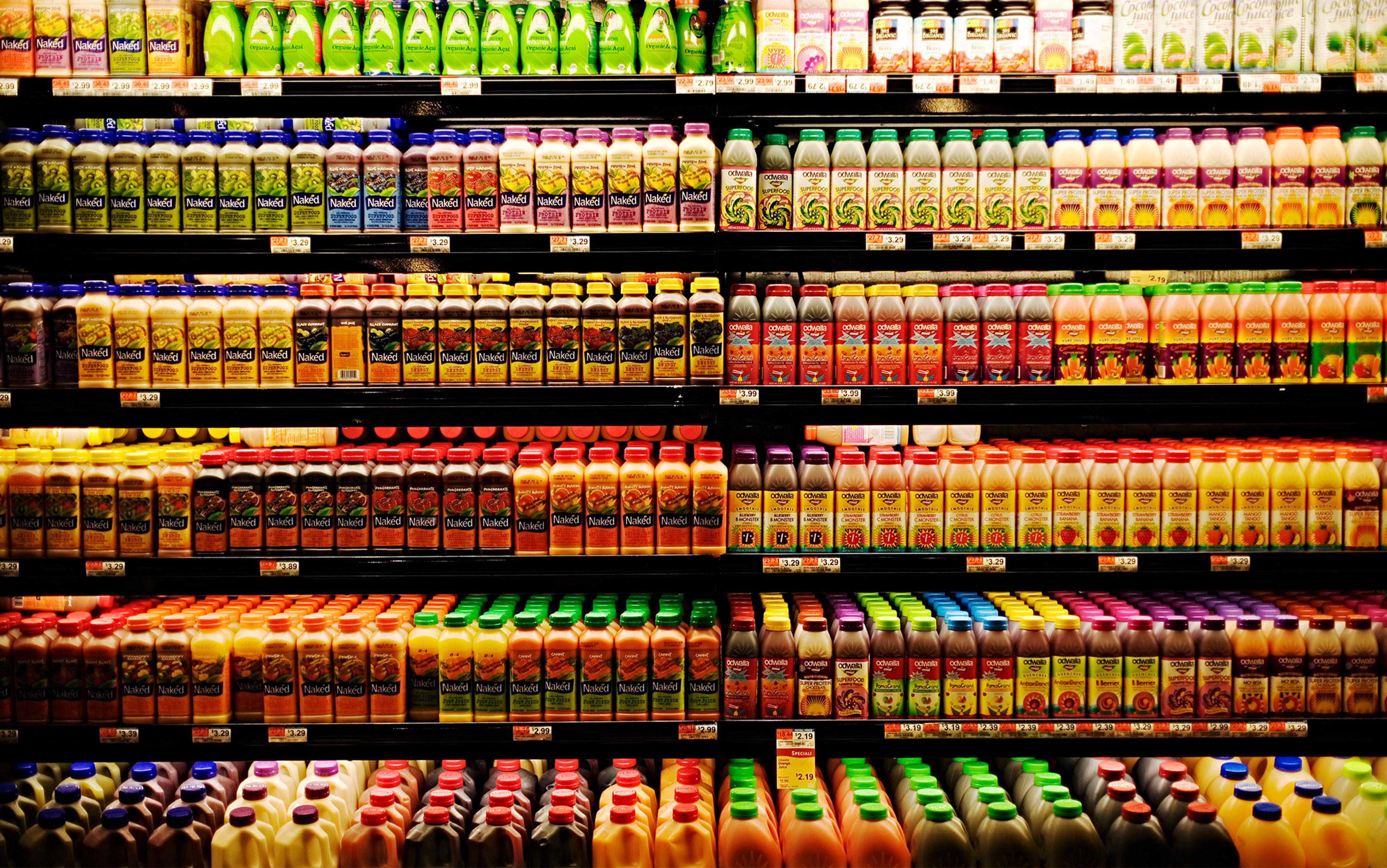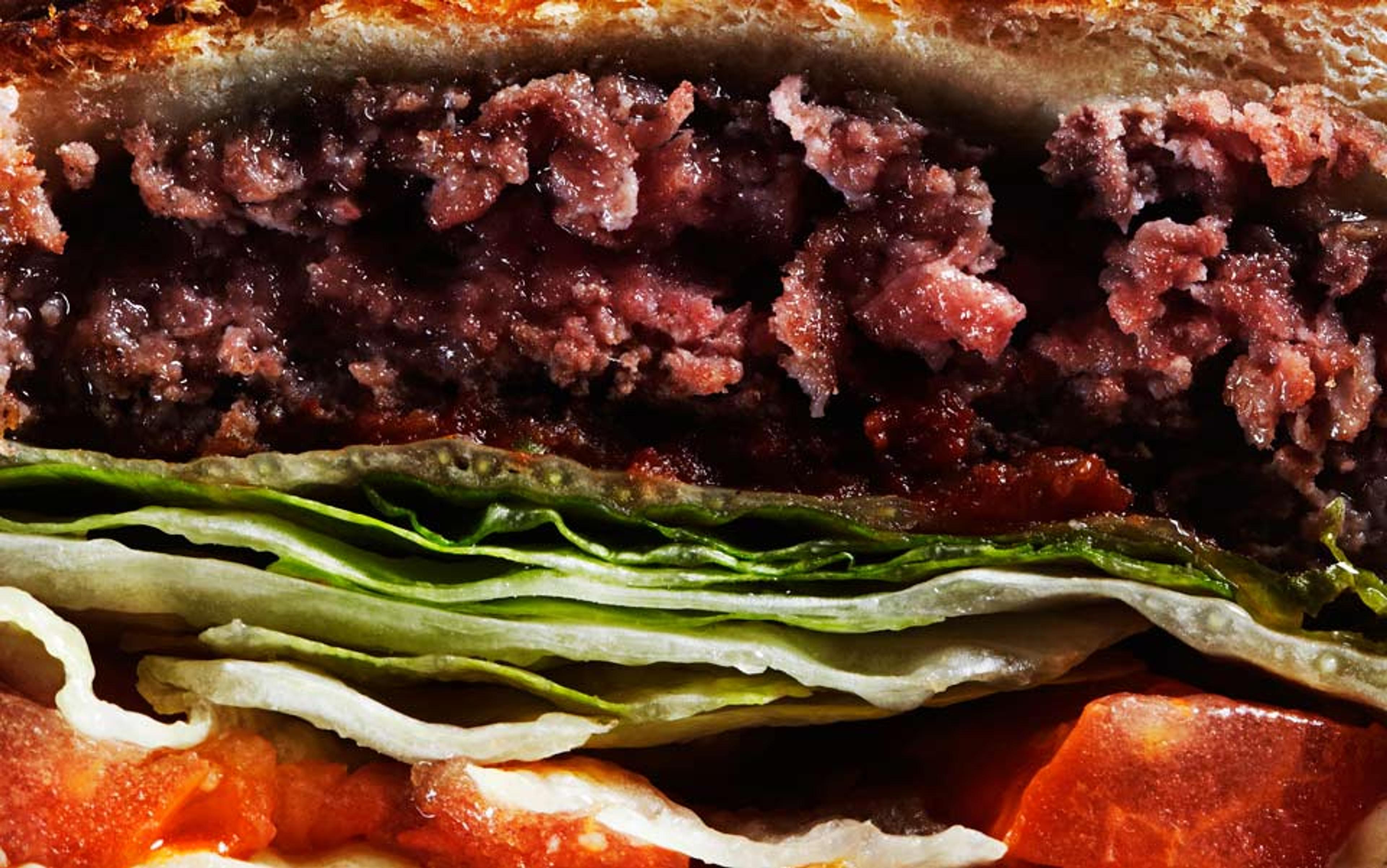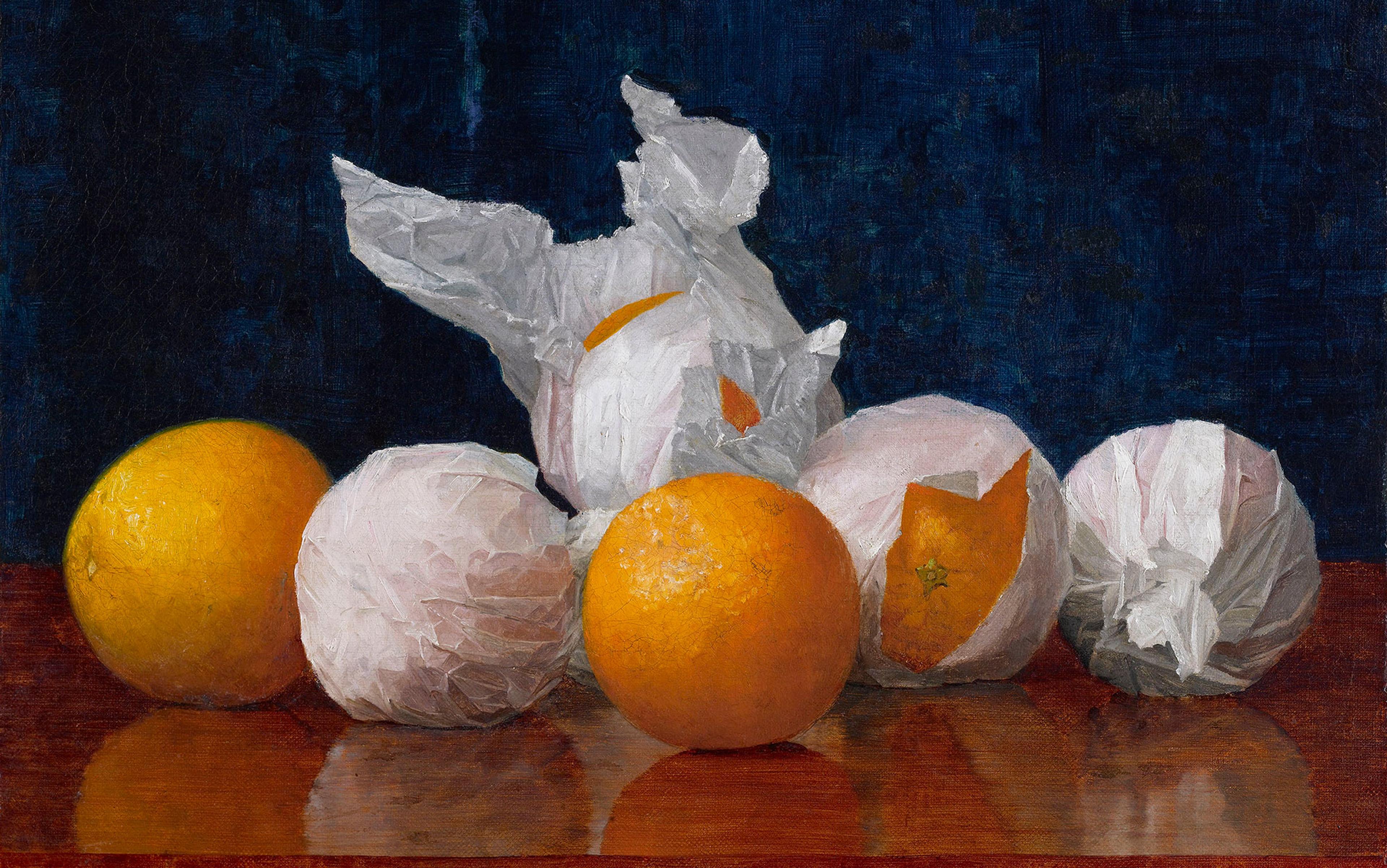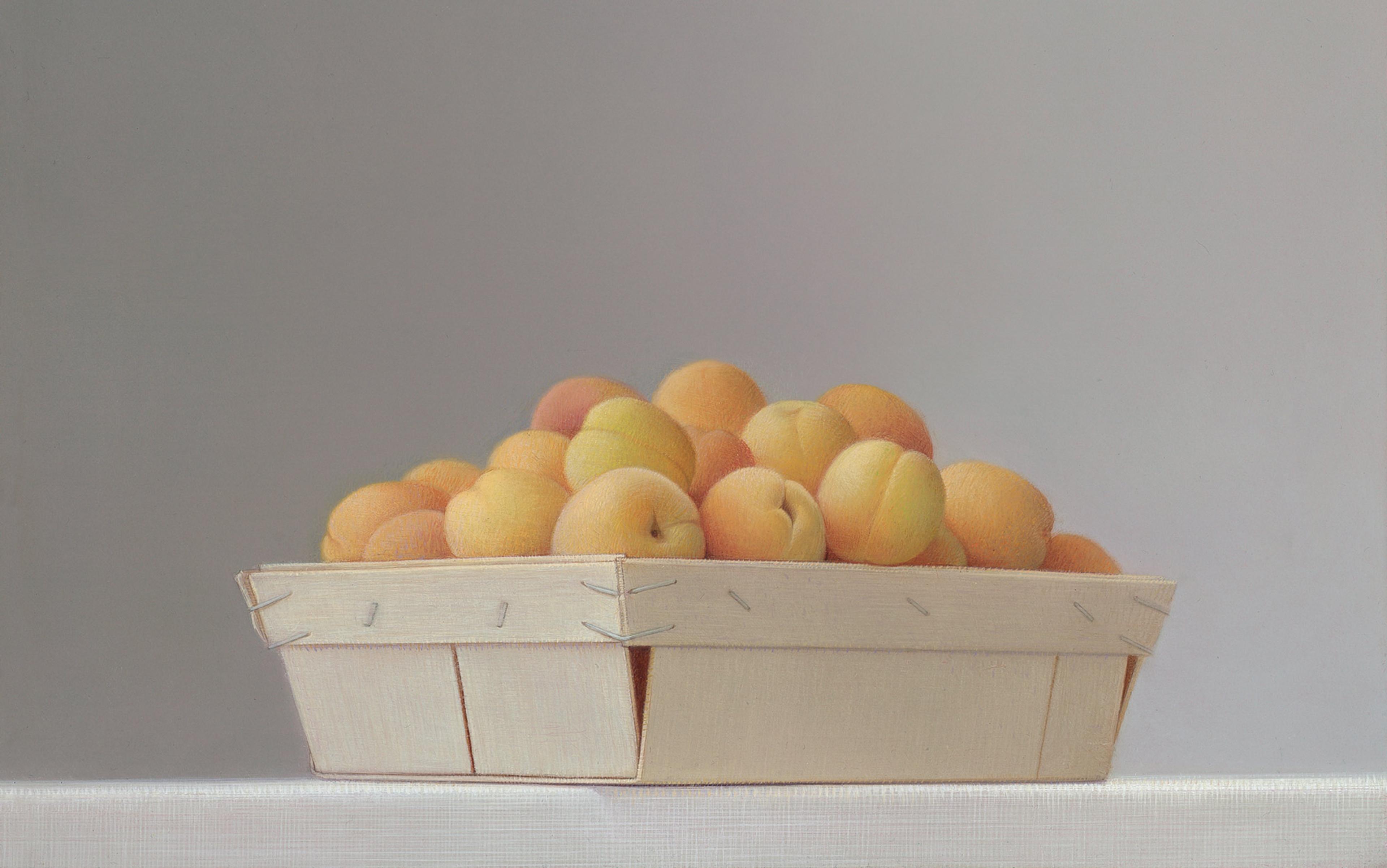There are plenty of superpowers that would make a nice addition to my current lifestyle. I would be delighted to wake up one morning with the ability to fly, to become invisible, or even to turn matter into gold, provided my Midas touch came with a reliable on-off switch. But the superpower that I really want – the one I actually daydream about, wasting time that I don’t have – is the ability to create an extra day or two for myself each week. As the clock strikes midnight between Monday and Tuesday, a private portal would open up: an extra day, just for me. While everyone else sleeps, I write, read, send emails, and maybe even clean the oven, before going to bed and waking up on Tuesday, rested and refreshed just like everyone else, but with everything done.
The odds are reasonable that you might share this fantasy, in the abstract if not in the details. Each year, Gallup asks people in the US whether they feel pressed for time, and, each year for the past two decades, half of the population says that they generally do not have enough time to do what they want. The results – stress, sleep deprivation, and even obesity – are equally well-documented. What if all of those people could have an extra 90 minutes every day, to use as we see fit? Rob Rhinehart, a 25-year-old engineer and entrepreneur based in Studio City, California, believes that his new product, Soylent, can offer exactly that.
‘According to the US Bureau of Labor Statistics, people spend about 90 minutes a day on food,’ Rhinehart explained. That figure is an average that includes grocery shopping, food preparation, consumption, and doing the dishes. By opting out of food, and replacing it with Soylent – named after the soy lentil burgers in the sci-fi novel Make Room! Make Room! (1966) by Harry Harrison, rather than its much better-known film adaptation Soylent Green (1973) which came up with the cannibalistic plotline – Rhinehart told me that he’s saved ‘easily an hour a day, plus’.
Rhinehart came up with the idea for a nutritionally complete liquid food substitute in December 2012, spurred by dissatisfaction at his expensive, time-consuming and nutritionally dubious diet of fast food, frozen quesadillas, and pasta. In February 2013, he wrote a blog post entitled ‘How I Stopped Eating Food’, in which he reported feeling like the ‘six-million-dollar man’ after just 30 days of replacing food with a ‘thick, odourless, beige liquid’ made up of ‘every substance the body needs to survive, plus a few extras shown to be beneficial’.
The response was overwhelming. Readers of Hacker News, a website popular with programmers and tech entrepreneurs, were the first to latch on to Rhinehart’s Soylent post, encouraging him to share the recipe online. When he did, it quickly spawned an animated Reddit thread in which DIY Soylent adopters reviewed recipes, discussed magnesium sourcing, and compared bowel movements. Within three months, Rhinehart decided that demand was sufficient for him to quit his tech start-up and form his own company in order to supply Soylent to the masses. By the time Soylent 1.0 started shipping in May 2014, the company had already accumulated a backlog of more than 20,000 pre-orders, adding up to more than $2 million dollars in sales and – at a conservative estimate – a collective saving of 2,875 years.
What, one wonders, are people doing with all this extra time? Will we see a new Renaissance: a Soylent-fuelled flowering of novels, art or, at the very least, apps? It is perhaps too early to tell, but early signs are mixed. Rhinehart has ploughed his 90 minutes a day into launching his company, and says he still has ‘a long reading list, a long online course list, a lot of personal projects I’d like to do’. He is not against using the time for relaxation, of course, and tells me that he’s heard from other early adopters that they spend an extra hour and a half watching TV, hanging out with friends and family, or just catching up on our pervasive national sleep deficit.
‘Just giving people a little more time in general is something the United States really needs,’ he told me. ‘However you use that time is up to you.’
My own experience bodes less well. I lived on Soylent for five days (Rhinehart sent me a week’s supply, but I cracked early) and I was indeed painfully aware of vast open periods that I would have typically spent planning, shopping for, making, enjoying and cleaning up after meals. Much to my editor’s disappointment, I spent all that extra time joylessly clicking around on the internet, my brain resisting every effort to corral it into more productive activities as if it knew it was being cheated of an expected break. (My editor kindly pointed out that this might be more of a reflection of my own personal failings than a shortcoming inherent to Soylent.)
Of course, this is not the first time Americans have been promised relief from the time-suck of food preparation. Today’s Soylent craze has its roots in the post-Second World War embrace of convenience foods. And, then as now, the range of possible uses for that saved time ranged from the trivial to the substantial – but with a much more gendered twist.
As Harvey Levenstein writes in Paradox of Plenty (1962), the president of the US Grocery Manufacturers Association proudly claimed that convenience foods had reduced the time the average housewife spent on food preparation from 5.5 to 1.5 hours a day over the course of the preceding decade. A few years later, in 1969, the chairman of the board of the US Corn Products Company explained to the Financial Times that ‘we – that is, the food industry – have given her [the housewife] the gift of time, which she may reinvest in bridge, canasta, garden club, and other perhaps more soul-satisfying pursuits’.
Canasta and garden club aside, the real use of all the time saved by convenience foods can be found in female workforce participation rates. Levenstein points out that ‘by 1960, there were twice as many working wives in America as there had been in 1950, and the number of working mothers had increased by 400 per cent’. The food historian Rachel Laudan, in her provocative essay ‘In Praise of Fast Food’ (2010), notes that modern, processed convenience foods are reviled by today’s cultural elite – and yet they represent an incredible liberation for the women upon whom the labour of food preparation would otherwise traditionally fall.
simply having the choice of whether to spend time on food, or not, is a valuable and empowering thing
In a particularly striking example, Laudan told me that, as recently as 20 years ago, a Mexican woman without servants would expect to spend four to five hours a day, every day, grinding maize in order to feed a family of five. The mass production of tortillas at the industrial scale was not perfected until the 1980s – and, during the early 1990s, Mexico experienced a dramatic rise in the number of women working outside the home, from fewer than 30 per cent to nearly half. Mexican women ‘know supermarket tortillas don’t taste as good; they don’t care’, Laudan said. ‘Because if they want to have time, if they want to work, if they want to send their kids to school, then taste is less important than having that bit of extra money, and moving into the middle class.’
There is always a trade-off, in other words, involved in replacing homemade with convenience food – and, undoubtedly, in replacing food altogether in favour of a gritty beige liquid. Yet Laudan is clear: simply having the choice of whether to spend time on food, or not, is a valuable and empowering thing.
Rhinehart certainly sees Soylent as the logical next step on humanity’s journey from hunting and gathering to Go-Gurt. ‘That’s the trend that’s been in place since pretty much the dawn of history,’ he said. Soylent fits directly on a trajectory in which people consistently seek ‘more time to focus on higher arts and improve themselves, and to not worry so much about keeping themselves alive’. Indeed, reduced worry is another of Soylent’s benefits: beyond the quantifiable time savings in food shopping and preparation, the knowledge that breakfast, lunch and dinner are solved frees up a substantial chunk of mental energy.
This, too, simply expands upon the existing attractions of convenience food. Take my favourite example, from a ground-breaking, obsessively detailed ethnography of the material culture of 32 middle-class Los Angeles households based on research conducted at UCLA between 2001 and 2005. In the resulting book, Life at Home in the Twenty-First Century (2012), the authors note that when families in the study cooked weekday dinners from fresh, rather than pre-packaged, ingredients, it took only 10 to 12 minutes longer, on average, than preparing a convenience-food meal. Nonetheless, most of the parents in the study cite time scarcity as the reason they rely on frozen pizza, boxed macaroni-and-cheese, microwave dinners and takeout for two-thirds of their family’s weeknight meals.
Why, then, is eating convenience food viewed as a timesaving strategy? According to the researchers, the answer has to do with a reduction of mental effort. ‘Perhaps the most important and clear-cut effect of packaged foods is that they reduce the complexity of meal planning,’ they write. ‘The family chef can invest less time thinking about the week’s meals.’
In other words, in a world where nearly 100,000 new food and drink products are added to supermarket shelves each year, convenience food offers a valuable freedom from decision-making – a signposted shortcut through the bewildering cornucopia and competing claims of the contemporary food environment.
Again, Soylent simply takes this logic one step further: it offers diminished reality as a feature, rather than a bug. The Soylent drinker can blissfully tune out any media noise about whether eating red meat will kill or cure you, whether gluten is poison, and whether the Chipotle Mexican Grill is actually any healthier than McDonald’s, secure in the knowledge that they are consuming exactly what their body needs. As it says on the packet, Soylent guarantees ‘maximum nutrition with minimum effort’.
It is, of course, perfectly reasonable to ask whether the answer to the problems that Soylent and its convenience-food precursors solve could actually be tackled more effectively by addressing the core problem, not the symptom. If women bear an unequal share of food-related labour, perhaps tackling gender inequality might result in similar benefits with fewer trade-offs than the TV dinner. Similarly, if confusing packaging claims, clickbait scare stories, and manipulative grocery store layouts contribute to an overwhelming sense that the act of feeding yourself and your family involves a stressful, complex, and far too fatiguing set of choices, then perhaps we need to rethink the contemporary food environment rather than opt out altogether.
With that question in mind, let’s examine the trade-offs associated with replacing food with Soylent more closely.
Among its detractors’ most common complaints is the argument that food – and, specifically, the rituals around its preparation and consumption – is essential to culture and community. The family meal, in particular, is currently talked up as a cure to almost everything that ails us. Social scientists and politicians largely agree that sitting down to eat together every evening reduces child delinquency, substance abuse and the risk of obesity, improves health and mental well-being, and even holds the key to academic achievement.
Soylent’s Rhinehart, on the other hand, no longer even owns a kitchen table and chairs, and tells me he’s looking forward to creating a customised version of Soylent for kids for when he has offspring of his own. When I asked whether he found himself holding on to any last vestiges of mealtime rituals, he laughed.
‘The concept of the meal is kind of gone,’ he replied. ‘As soon as I feel a little hunger, I just down some Soylent.’ In fact, he added, with a note of pride, ‘people are surprised at how fast I drink it. I can do 20 ounces in just a few seconds at this point. So I’ve even kind of optimised down the seconds I devote to drinking it.’
The end of the meal is not a source of concern for Rhinehart at all – and perhaps rightly so. After all, as he pointed out to me, regular meals ‘were an invention in the first place’. As the historian Abigail Carroll wrote in her book Three Squares (2013), the US family dinner, despite its sacred role in contemporary culture, is only 150 years old. She notes that, like Rhinehart, the majority of 17th-century Virginia households had no table. Bowls and utensils were also in short supply before the 19th century, meaning that family members often ate in sequence rather than together. Meanwhile, Carroll ascribes the rise of the family dinner to the Industrial Revolution. Once the urban 9-to-5 replaced the agricultural schedule, she explains, ‘evening became the only significant portion of the workday when siblings and parents could reconnect, dinner became special, and it still is’.
With Carroll’s context in mind, it is hard not to side with Rhinehart on this one: the tradition of three meals a day is a relatively recent one, enforced by the changing demands of work rather than essential to our humanity, and seemingly on its way out anyway, according to headlines such as ‘Snacking Could Be the Future of Eating’ (2012) in Food Processing. The social ritual of communal eating is much older, on the other hand, dating back to the earliest feasts following a successful hunting expedition. And even Rhinehart indulges in what historians call ‘feasting’ and he calls ‘recreational eating’. Dinner parties or meals out with friends form, he estimates, 10 per cent of his caloric intake, with solo Soylent ingestion accounting for the other 90 per cent.
Another regular, though slightly less common, concern is that replacing food with a liquid substitute makes much of our oral apparatus entirely unnecessary – and that must have consequences, mustn’t it? But the scientific evidence that never chewing is harmful to human health is both thin and inconclusive. Chewing does spur insulin production, as the body prepares itself for food, and one Japanese study in 2013 found a slight link between higher blood glucose and insulin levels and more thorough mastication. Another study (also in Japan, which seems to lead this obscure field of research) in 2007 found that eating hard-to-chew foods results in a smaller waist size, but not a lower body-mass index overall.
‘Soylent-face’ might become a recognisable look. Eventually, teeth themselves might become obsolete
I did find one shocking, if speculative, hypothesis that, on at least two occasions in the past, changes in how we chew food have changed the entire shape of our faces. The UK food historian Bee Wilson pointed me to the work of the US anthropologist C Loring Brace, who has been obsessed with the ‘various manifestations of human dentition’ since the 1960s.
By examining European skulls, Brace found that the typical way in which human teeth fail to meet, with the upper set overlapping the lower set in an overbite, is a phenomenon that is actually only 250 years old in the West. That shift that correlates almost exactly with the widespread adoption of the table knife and fork. Before cutlery, Europeans would clamp their teeth together on large chunks of meat, in order to hack off pieces with a dagger – a style of eating Brace christened the ‘stuff-and-cut’. Afterward, the cutting was done on the plate, and the overbite became common. By way of proof, Brace offers the Chinese, who had adopted chopsticks 900 years earlier – and whose overbite predates the European version by exactly the same amount of time.
If Brace’s theory holds true, the implication is that the replacement of food with a liquid substitute could result in dramatic changes to the human jaw. ‘Soylent-face’ might become a recognisable look. Eventually, teeth themselves might become obsolete. Only time will tell, in this case.
Chewing aside, Soylent claims to fulfil all your body’s nutritional needs. ‘It contains all of the elements of a healthy diet,’ confirms the website, ‘with limited contribution from less desirable components such as sugars, saturated fats, or cholesterol.’ Rhinehart’s formula blends vitamins and minerals at the levels recommended by the US Institute of Medicine, tested on himself and a handful of friends, and refined under the supervision of Xavier Pi-Sunyer, professor of medicine the Institute of Human Nutrition at Columbia University.
Of course, as the historian Warren Belasco points in his enthralling book on the future of food Meals to Come (2006), this is not the first time that humans have been sure they could reverse-engineer food’s properties from its constituent parts. The discovery of vitamins in the early decades of the 20th century prompted a similar ‘belief that nutrition could be reduced to specific chemicals, which could be easily synthesised in the test-tube – the streamlined modernist cauldron’. At the 1939 World’s Fair in New York City, the nutrition exhibits of the US Department of Agriculture (USDA) were displayed beneath a sign declaring: ‘Man = Chemicals = Food’. Sadly, Vitamin B12 (essential for liver health) would not be isolated until 1948, meaning that the USDA’s chemical-fuelled man would likely have suffered from pernicious anaemia.
Rhinehart is sanguine when asked about the likelihood of his formula being revealed as deficient once our understanding of human physiology progresses in the future. Soylent is deliberately marketed as Soylent 1.0, he told me, to make it clear that ‘it’s certainly something that will have to continue to evolve and improve’.
The only time Rhinehart became uncomfortable during our wide-ranging conversation was when I asked him about his gut microbiome. This ecosystem of microbes, which live in the human gastrointestinal tract and assist in the digestion of food, has recently been shown to have enormous, though as yet poorly understood, impacts on human health. Rhinehart confessed to having recently had his gut microbiome sequenced, after a year in which nine-tenths of his diet consisted of Soylent.
Sharing the results, he began, feels ‘a little exposing’. When prodded, he admitted: ‘They’re very telling. They’re very fascinating.’ In short, the microbes in Rhinehart’s guts ‘appear to be quite different’ from those found inside his fellow Americans. Though microbiome research is in its infancy, it seems that Soylent (unsurprisingly) might not be as comprehensive a food substitute for the microbes in our guts as it is for us. Of course, the argument could easily be made – and it has, by Rhinehart – that, while Soylent 1.0 might not yet be perfect, it is still a lot healthier than many of us manage on old-school food.
Beyond its impact on human well-being, however, food is equally deeply entwined with ecological health. While Rhinehart daydreams about a future in which Soylent is synthesised by algae in energy-neutral bioreactors, for now, its raw ingredients are purchased from a variety of sources across the US and China. An educated consumer might guess at the possible growing and processing conditions behind the eggs, broccoli and chicken thighs in their shopping basket but, in the case of Soylent’s chemical constituents, the dislocation is complete: the world’s largest manufacturer of the ergocalciferol (Vitamin D2 on Soylent’s ingredient list) is a factory in China’s Sichuan province, which synthesizes the chemical by applying ultraviolet radiation to fungi.
Soylent’s ingredients seem simple and pure: the distilled essence of nutrition. In reality, however, its supply chains and ecological impact are as complex as – and even more mysterious than – the food it replaces.
its most pressing problem is how downright unpleasant it tastes: like oversweet vanilla body wash, but with the texture of silt
Belasco points to this ‘aspiration to make food production disappear, if not from the land at least from consumer consciousness’ as one of the hallmarks of what he calls ‘modernist’ food – the 20th-century impetus to reduce cuisine to chemistry. This is perhaps Soylent’s most significant failing: food is the primary means by which we embody and enact our shifting, species-shaping relationship with natural world. Soylent represents an impossible wish to terminate that relationship entirely, to the impoverishment of both sides.
Soylent’s trade-offs, at least in terms of human and ecological health, are, it seems, quite significant. However, after five days spent living on 100 per cent Soylent, I can report that its most pressing problem is how downright unpleasant it tastes: like oversweet vanilla body wash, but with the texture of silt. It also has a rather unappetising tendency to separate into a scummy top, oily layer, and dense, mud-like bottom. I lost weight, but only because I found it was more tempting to go to bed hungry than to drink more Soylent.
Indeed, for me the only real upside to replacing food with Soylent was that my first real food after five days – half a proper New York bagel with butter, Cowgirl Creamery Mt Tam cheese, a perfect Jersey tomato, and a pinch of Maldon Sea Salt – tasted so utterly, incredibly good that the hand with which I lifted it to my mouth started shaking uncontrollably. I will remember that meal for the rest of my life – and I have been unable to recreate its ground-shattering deliciousness since.
Perhaps Soylent’s real value, then, is that by offering a functional simulation of food it enables us to appreciate those qualities in the original that are most important to us. In the same way that a study of AstroTurf reveals the attributes we most value in turfgrass, Soylent is a Rorschach test for our individual and societal relationship with food.
I still have three pouches sitting in my kitchen cabinet, if anyone wants some…
Correction: This article has been edited to reflect Soylent’s use of a plant-based source for Vitamin D, rather than the lanolin-based source originally described.
